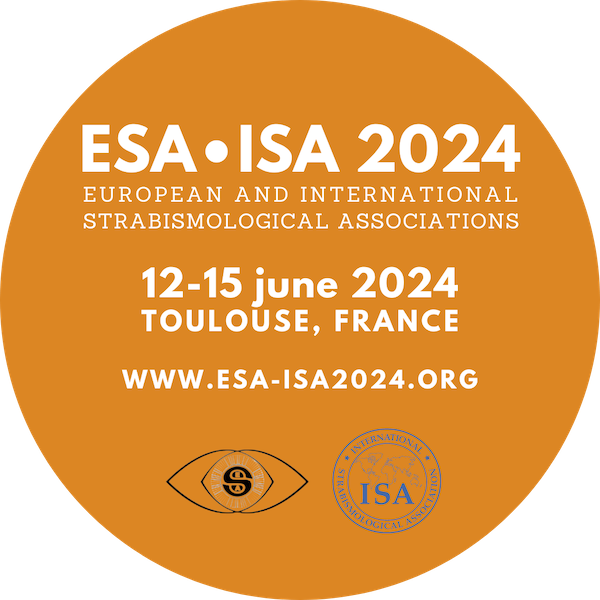
Session: Poster session A
Baseline characteristics of children in the Early Glasses Study
Introduction
The Early Glasses Study determines the relationship between refractive error at age 1 and the risk of developing amblyopia or accommodative esotropia, and its protection by glasses. We finalized the baseline findings analysis.
Methods
Healthy children, aged 12-18 mos., recruited at Children’s Healthcare Centres, received orthoptic examination followed by retinoscopy in cycloplegia. Those exceeding AAPOS 2003 Criteria (spherical equivalent (SE) >+3.5D, >1.5D cyl, >1D cyl (10°-80°), >1.5D aniso) were randomized into glasses or not and are followed up biannually to age 4. Excluded were children with amblyopia, strabismus, ophthalmic disease, or exceeding the Criteria twofold. Visual acuity will be measured in all randomized and non-randomized with logarithmic Tumbling E’s at age 4.
Results
Of the 888 recruited, 123 were excluded, 23 did not respond. Of 742 eligible for examination, 601 were examined at age 14.5±1.7 mos., 131 declined, 10 were lost to follow-up. 62 (10.3%) Exceeded the Criteria, 1 of whom was excluded with strabismic amblyopia, 1 esotropia, 1 intermittent exotropia, 1 exophoria, 5 exceeded Criteria twofold, 1 of whom with strabismic amblyopia, 1 declined further participation. Of the 539 below the Criteria, 2 were amblyopia suspect, 1 had microstrabismus, 1 exotropia, 9 myopia, 2 ptosis, 1 cong. oculomot. aprax., 1 Duane type 1. None of excluded prior examination was known to have amblyopia. Mean SE was +1.73±1.18D, mean cyl -0.72±0.46D, mean aniso 0.21±0.34D. Of those exceeding the Criteria, most had SE >+3.5D, followed by >1.5D cyl, >1D cyl (10°-80°), >1.5D aniso, respectively. Randomized were 52, 28 into glasses, 24 into no glasses. At first follow-up retinoscopy after 9.3±3.5 mos. (N=44), SE had changed between -2.375D and +2.75D.
Conclusions
Of the 601 children (age 14.5 mos.) from general population, 62 (10.3%) exceeded AAPOS 2003 Criteria. 2 Had strabismic amblyopia, both exceeding the Criteria, 5 strabismus, 13 other ophthalmic disease.